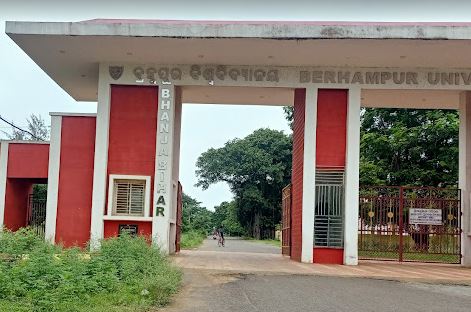Berhampur: Odisha-based Berhampur University will undertake a study on the human-wildlife conflict in the entire stretch of Eastern Ghats in the state.
The Indian Council of Social Science Research (ICSSR) has awarded the study project (a longitudinal study) to the university, officials said Sunday.
The five-year project on “Intervention Models for Socio-Ecological Reconciliation of Human-Wildlife Conflicts in the Eastern Ghats in Odisha” to reconcile the human-wildlife conflict pertaining to four different animals including elephant, blackbuck, leopard and snakes.
The ICSSR has sanctioned Rs 2 crore for the project, said Geetanjali Dash, vice chancellor of the university.
The Department of Environmental Science of the university in collaboration with MDS University, Ajmer, XIM University, Bhubaneswar, and Centre for Youth and Social Development (CYSD) will carry out the study, she said.
After completion of the study, the university will provide the policy recommendations to the central and state governments for implementation of the socio-economic and technology models for reconciliation of the conflict between humans and wild animals in the region, she added.
One of the causes of the human-wildlife conflict was due to the aggressive human activities in the habitat of the wild animals. The Eastern Ghats of the state is considered as a model for such a large-scale assessment to deal with the increasing human and wildlife conflicts.
Several tangible and intangible factors including land-use changes, replacement of natural vegetation by cash crops, erection of electric fencing of private properties, might be forcing the animals to migrate to newer areas thereby creating conflict between humans and wildlife, a professor of the university said.
The project would be undertaken through a citizen science-centric model. A mobile app will be designed in collaboration with various departments of the state government, which will be available for public users, said B Anjan Kumar Prusty, project coordinator.
The government will be implementing an early warning system of the wild animals’ proximity. The hotspot areas of these four species and human-wildlife coexistence zones would be identified, officials said.
The outcomes of the project will be focused on development of micro and small-scale entrepreneurs at the village level to ensure them a sustainable source of income and reduce their reliance on forest produce, which will ultimately reduce the faceoff between human and wildlife, they added.
PTI
